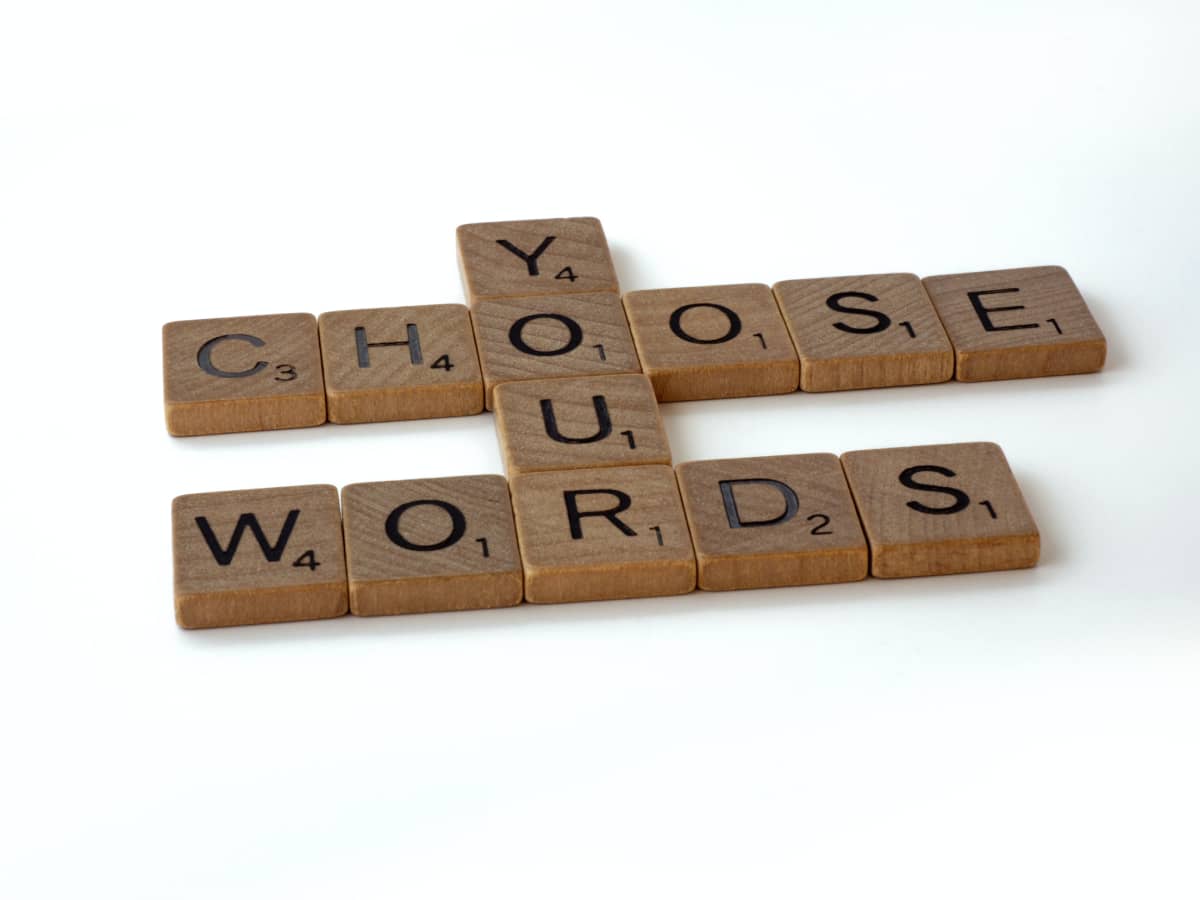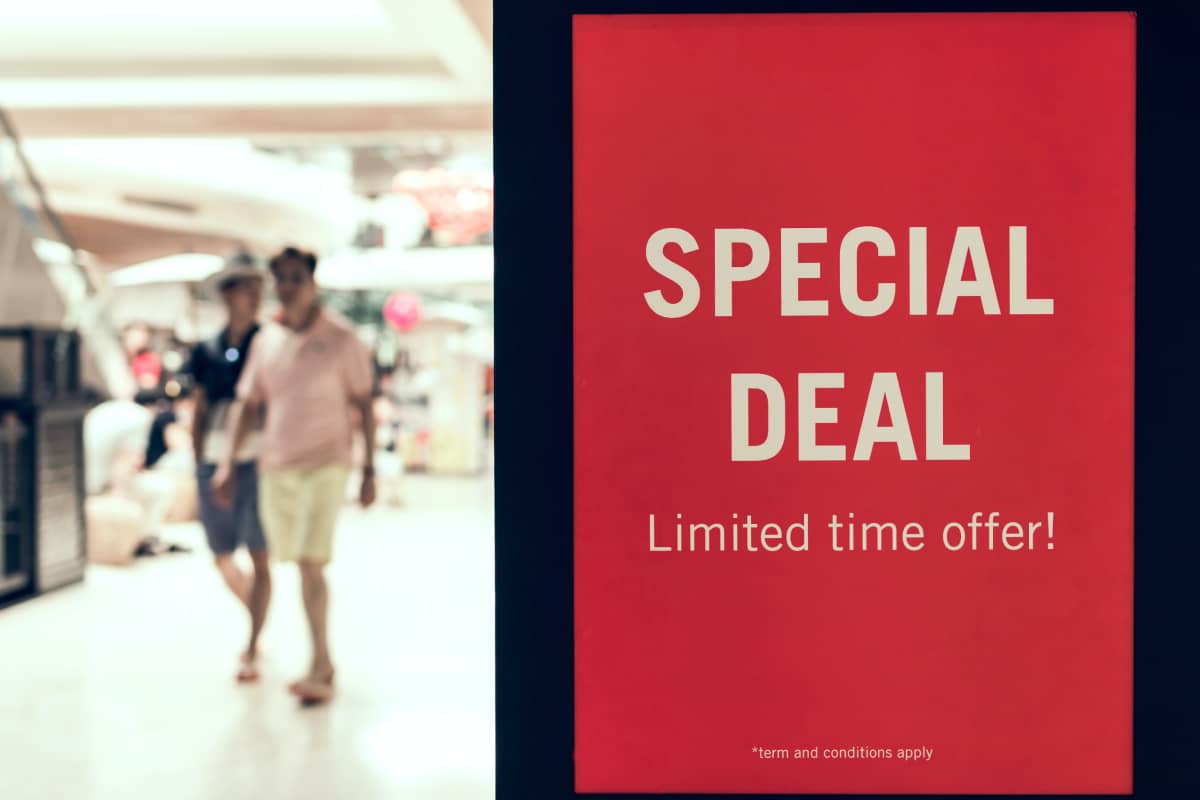Email marketing is a great strategy for businesses to utilize to drive more traffic to their website and generate more sales. Emails can serve multiple purposes, such as providing newsletters, alerting customers of new promotions, and being used as follow-up messages. However, one of the most prominent and potentially most profitable functions is using upselling strategies in email marketing. Upselling is a great way to introduce your regular customers to more premium products and thus encourage them to spend more.
The issue is that people can find it really annoying, especially if the email is obviously designed to upsell. Instead, marketers need to be creative and produce their upselling emails in alternative ways so that they’re less pushy and less annoying. Here’s a look at how to do that, but first we’ll look through the basics.
What Are Upselling & Upselling Strategies in Email Marketing?
Before getting into detail of the various upselling techniques that you can use within your email marketing, it’s important that you’re fully aware of what the term means, as well as some common jargon surrounding it.
Upselling is the practice of encouraging a customer to buy a more expensive version of your product. Examples of this happen everywhere in business, be it waiters offering more premium wine to restaurant diners or subscription service providers incentivizing ‘pro’ or ‘family’ versions of their services.
Upselling is rife within email marketing because it’s a rare channel that has direct links to the customer.
When upselling via email, there are a few different scenarios where you’d want to send out that letter:
- After a purchase. Once a customer has purchased something, it means that they are engaged with your brand. This makes it a good time to offer them more, as, at this stage of the customer journey, they will be most tempted.
- At the end of a free trial. When a customer has to decide whether they want to continue using your services, it is a great time to send an upselling email as it might prompt them to roll into a paid plan.
- A customer hits a milestone. If a client reaches a certain point in their relationship with your business, such as purchasing from you a certain number of times or being subscribed for a certain amount of months, it might be a good time to offer them more advanced options, as it’s obvious that they’re committed to your brand.
- You launch a new product. When you come up with something new, you want as many eyes to see it as possible. Using upselling emails can help build interest in your new offering.
With a greater understanding of upselling in email marketing and when to best use it, here are a few tips to help you appear less pushy and instead look more helpful and customer-focused.
1. Update Customers of Their Progress
The way a customer interacts with your brand should be like a journey. They may start with the basics of what you offer and then engage to more of what you offer over time. It can be useful for businesses to treat this process as a game, as this will provide more incentive for the customers to “progress” and purchase more.
 For example, you might run a business that provides business communication solutions. On a basic plan, you might offer free video calls up to a certain amount of minutes.
For example, you might run a business that provides business communication solutions. On a basic plan, you might offer free video calls up to a certain amount of minutes.
In this scenario, you could send out an upselling email that details that a customer might be close to their monthly minutes and that upgrading could allow them to communicate more. When providing these emails, it’s important to let the reader see them as a ‘heads up’ and not an ultimatum, as it helps demonstrate that you have the client’s best intentions at heart.
2. Make an Upsell Appear Convenient and Not A Hassle
On some occasions, the only thing putting people off from upgrading is the hassle that’s involved. Having to click a link, log into their account, select the upgrades they want, then enter their payment details makes what should be a positive experience more of an ordeal.
To ensure no one is put off from upgrading, add that functionality into the email itself. Marketers can easily add buttons that, when clicked, will add a certain upgrade to the user’s account. This makes everything a lot more seamless and will encourage more sales.
Demonstrated through things such as EDI, convenience is becoming a major driving force in business. Ensure that you make things as convenient as possible for your customers to drive your upselling.
3. Always Offer An Upsell
This might sound like a simple thing to mention for some; however, many businesses fail to engage with upselling opportunities, instead citing that the customer should have the means to pursue this themselves.
This is the wrong approach, as instead, you need to do everything you can to ensure that customers know about your other products and also understand the value of these alternatives. No matter the purpose of your email, always include something where an upsell could occur, as a lot of the time, the main reason why you’re failing to sell is that customers are unaware of your other products.
4. Make it Exciting
A boring email is not going to encourage an upsell. To make an email exciting, be sure to focus on benefits and how this product will impact the clients to achieve their goals.
Be sure to also use exciting and dynamic imagery on the email to ensure that it keeps their interest. Also, make the header intriguing so that customers are more inclined to open the email. Think of your email as digital signage. You want it to attract attention and intrigue those who see it.

5. Create Urgency
People won’t be inclined to purchase if they believe that they have the opportunity to do so whenever they want. Instead, when it comes to upselling strategies in email marketing, it’s a very good idea to create urgency to incentivize a purchase right away.
The best way to do this is by implementing a time limit on a certain offer. This means that the customer will have to act quickly to get the benefits. Alternatively, you could also limit the stock availability, stating that once the product is sold-out, it won’t be available anymore.
You can also create urgency by indicating that your customer needs this product to perform well. For example, many businesses might not have a well-optimized phone system, which could make them less efficient. By providing a solution to their specific problems – such as a virtual PBX in this example – you can create an added sense of urgency and make the customer feel that they really need your product.
These tactics will make clients more receptive to upselling emails and make them feel like they have to act now to avoid disappointment.
6. Think About the Language You Use
The way you word your emails is one of the most important factors when it comes to upselling strategies in email marketing. The language could make or break a successful upselling email, so it’s important to think about the persona that you’re presenting. For example, if you’re a youthful brand, you’ll want to ensure that your language aligns with this, and if you’re a more luxury business, you want to ensure your language is consistent with this, even when you’re upselling.
 This boils down to communication. If you’re struggling with that aspect and need to better learn how to communicate with clients, especially difficult ones, then there are tips that can help you here.
This boils down to communication. If you’re struggling with that aspect and need to better learn how to communicate with clients, especially difficult ones, then there are tips that can help you here.
The trick is to stay consistent with your brand, whilst also being persuasive with your language. This is why businesses often use copywriters to craft their emails, as their mastery over language will ensure that they strike the perfect tone. This is so that when a link is clicked on an email, the tone and vibe match, making it more likely for readers to stay on the page and not contribute to your Google bounce rate.
7. Customize Them
Generic emails sent out to all your customers en masse are simply not going to work as well as emails catered to certain sections of your audience.
This is called segmentation, and in its simplest form, it is about sending different emails depending on the type of customer. This ensures that the content and context of the email match up with their customer journey.
For example, a customer who has recently downgraded from a premium package should receive an altered email to a customer nearing the end of their free trial. Custom emails will make each customer feel important and valued, thus increasing the likelihood of completing an upsell.
There are many different ways you can figure out where your customers fall in their segmentation groups, but one way to learn about your customers is through conversation intelligence that uses AI to create data based on the interactions you have with customers.
8. Give People the Option to Opt-Out
Despite all these tips, certain people will still consider these emails as annoying and pushy. To make sure that they don’t feel trapped in these forms of communication, you must give customers an easy way to opt-out from receiving them.
Giving people the option to remove themselves from your mailing list might sound counterintuitive, as it means that you’re losing potential leads. However, these people opting out are those who are disinterested in your business and won’t be valuable leads in the first place.
Allowing an opportunity at the end of every email for customers to opt-out will ensure that you maintain a positive relationship with them as well.
Conclusion
Email marketing is one of the most effective channels to get more conversions for your business and your products. However, consumers are beginning to grow tired of—and unresponsive to—common marketing strategies on the platform. Use these tips to help ensure that you hit your sales targets without being pushy or overbearing.
About the author
Grace Lau is the Director of Growth Content at Dialpad, an AI-powered cloud communication platform for better and easier team collaboration. She has over 10 years of experience in content writing and strategy. Currently, she is responsible for leading branded and editorial content strategies, partnering with SEO and Ops teams to build and nurture content. She has written for sites such as Hackernoon and TweakYourBiz. Here is her LinkedIn.
